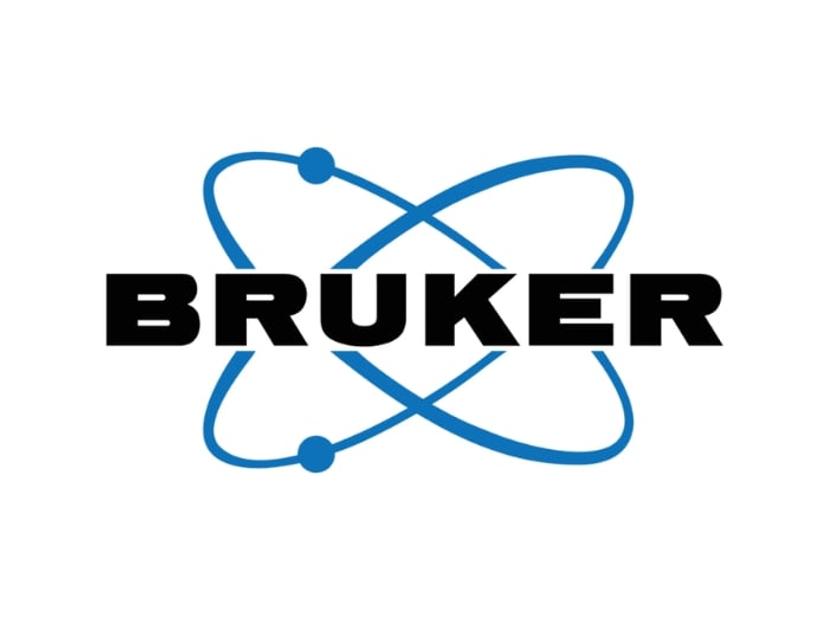Bruker announces first 1.2 GHz NMR installation
Novel GHz-class NMR systems are enabling unprecedented life science and materials research in functional structural biology, drug discovery, metabolomics and cleantech research
22 Jan 2024

Bruker Corporation, a leading provider of nuclear magnetic resonance (NMR) spectroscopy solutions for life and materials research, has announced the successful installation of a 1.2 gigahertz (GHz) NMR system at The Ohio State University.
Ultra-high field NMR is complementary to other structural biology technologies in that NMR can measure functional molecular dynamics and structural rearrangements for functional structural biology. Key areas of NMR applications include organic chemistry, macromolecular structure determination, drug-target binding, protein-protein or protein-RNA interactions – all at close to native conditions and in solution, or even in situ in cell membranes. NMR also has unique capabilities to elucidate ‘hidden’, short-lived protein transition states from healthy to disease biology, e.g., in active enzymes or in the onset of protein aggregation in neurodegenerative diseases. Finally, many key proteins in cell biology, e.g., transcription factors, or proteins implicated in cancer, infectious disease or neurodegeneration are intrinsically disordered, or partially disordered, and GHz-class NMR enables pivotal research of functional molecular disorder in many areas of pathobiology.
The 1.2 GHz AVANCE® NMR spectrometer is a state-of-the-art instrument that enables high-resolution liquid and solid-state NMR experiments. It will be used by researchers at Ohio State and across the US to study advanced materials, e.g., for batteries, and the structure and dynamics of biological molecules, with the goal of advancing the understanding of the underlying mechanisms of diseases, such as cancer, cardiovascular disease, viral infections, or Alzheimer’s disease.
The Ohio State University has the first 1.2 GHz NMR in the United States, a milestone in advancing US life science and materials research infrastructure, with leadership and funding by the National Science Foundation. In Europe, eight 1.2 GHz NMRs are installed, with four more on order, while in Asia-Pacific the Korea Basic Science Institute (KBSI) has a 1.2 GHz on order, while Riken in Japan already has the first single-story 1.0 GHz NMR installed.
Finally, with high interest recently also in compact, single-story 4 Kelvin 1.0 GHz NMRs, there are now nine 1.0 GHz systems installed at customer sites, with six in Europe, and one 1.0 GHz system each in Israel, Canada and Japan (including earlier two-story 2 Kelvin magnets).
